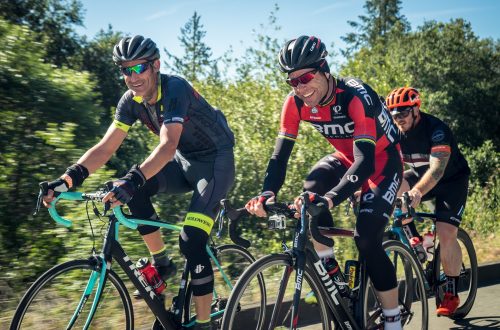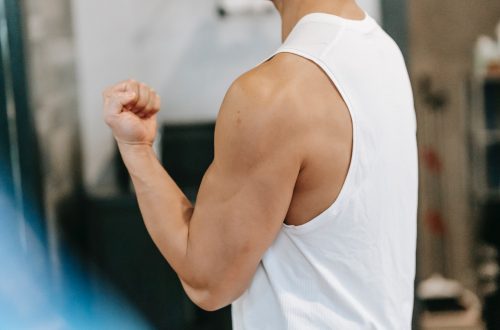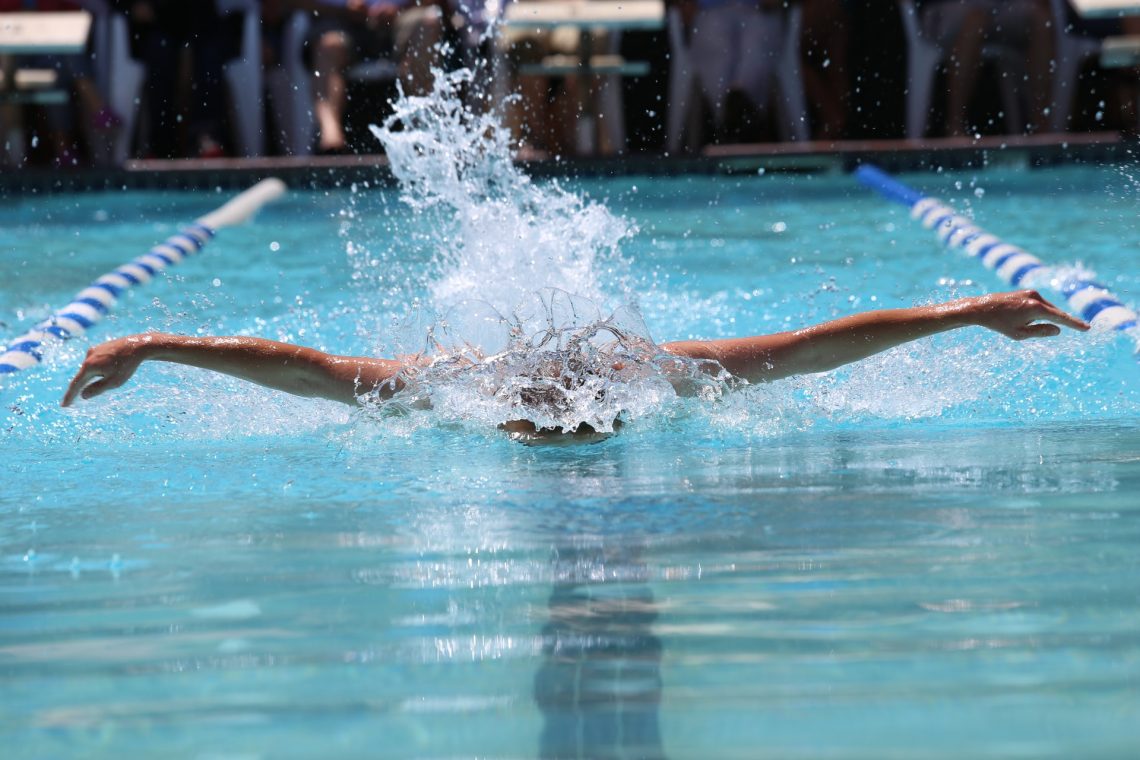
What Characteristics Make A Good Swimming Teacher?
Swimming is a sport where you need to have a good foundation and then improve your skills. Many people believe that teaching swimming is the first step in coaching. The truth is that teaching swimming doesn’t end. You still have to teach technique.
Everyone needs a swimming teacher. First, you must understand how to swim teachers become, and then, what makes a good swimming teacher.
You may be familiar with the fact that swimming teachers provide instruction and constructive feedback. They also show how to do things correctly.
Does it sound easy? This isn’t easy, even if you want to excel at it. A good coach or teacher must be able to devote a lot of time and effort. It takes years of practice to become a great teacher: swimming teaching is no exception.
So how can you tell if a swimming teacher is good?
The swimming teacher/coach must be:
1) Qualified
A swimming teacher qualification is a certificate that demonstrates the ability to teach swimming through passing exams and taking tests.
Two major awarding bodies in England offer teaching certifications in swimming.
Swim England (former ASA), and the STA are two examples. There are many other international awarding bodies that offer excellent teacher training programs and are internationally recognized.
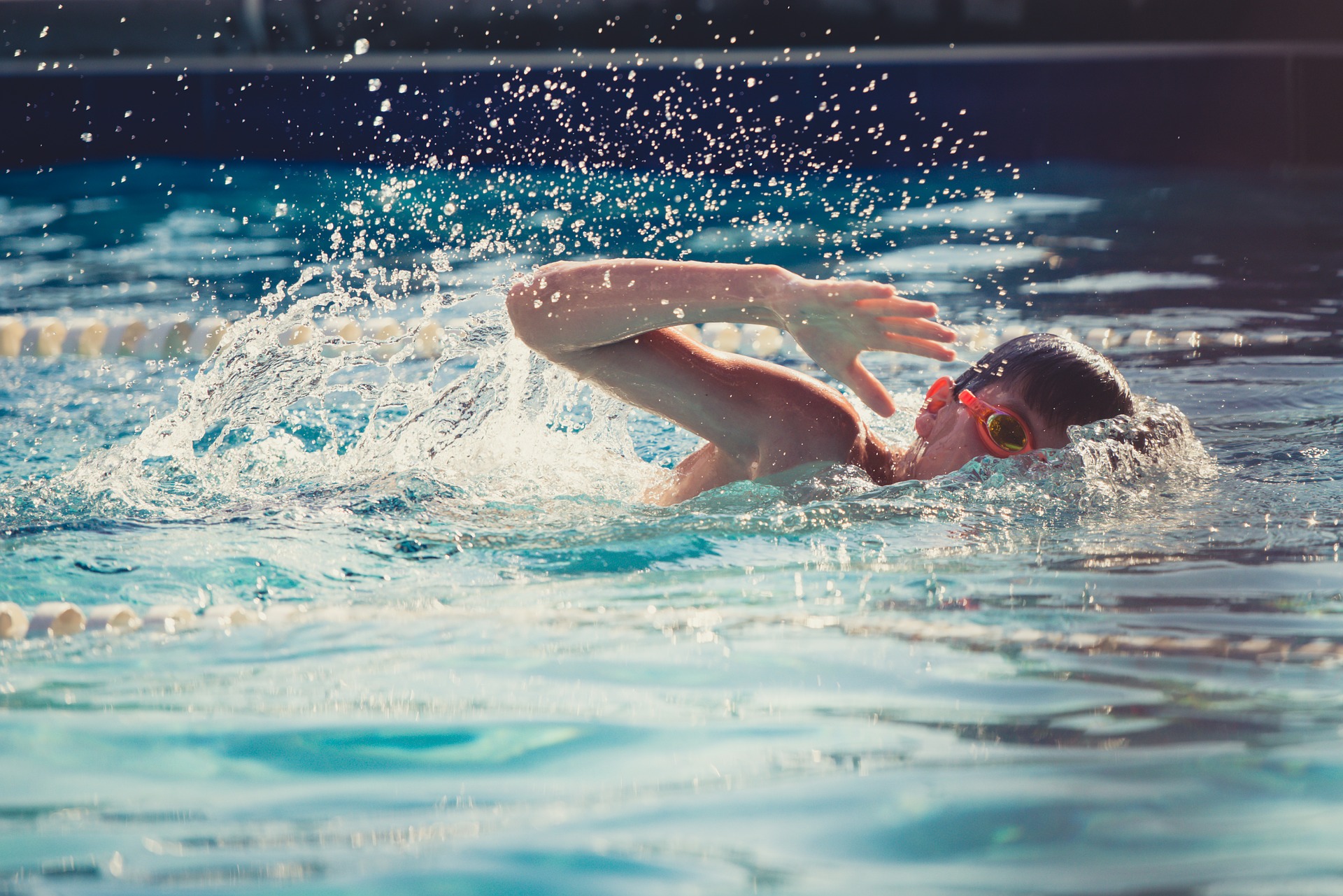 2) Knowledgeable
2) Knowledgeable
Swimming teaching qualifications are the minimum requirement to teach swimming.
A teacher who is a good teacher is more than qualified. A truly great teacher is knowledgeable and trained in many different areas, including swimming and diving as well as ‘Parent & Child’ teaching.
They are also able to teach different groups. He/she is a part of a swimming teaching group and is constantly seeking out more knowledge and experiences to share ideas with other teachers.
Understanding:
Each child is unique and learning swimming takes time. This is because every child is different. All of these things will be known by a good teacher.
4) Professionally organized:
Good teachers keep regular records of their classes and have a plan for how to achieve each goal over the course of a session as well as over a term. They are able to establish goals for different classes according to different abilities and ages and know which drills and exercises they should use to reach their goals.
5) Motivational and creative
Teaching swimming is more than simply giving instructions and managing a group. It is about motivating and listening to the children’s feedback during lessons. A good teacher will be able to use their imagination and creativity to make changes if an exercise isn’t working. Each lesson should be enjoyable, meaningful and help children reach a goal.
Bref:
Swimming teachers must inspire confidence and motivate their students to learn the skills they need. Yes, the quality of teaching depends on the quality and competence of the teacher.
Children are different in their personalities, learning styles, and interests. Blue Wave Swim’s swimming instructors use a variety of strategies to encourage curiosity and learning, including ‘leaning through the play’.
The quality of the teacher is a major factor in the learning experience at swimming lessons. We only hire the best teachers.
Our swim school caters to all levels of swimming ability, from beginners to experts. The SwimJourney’s Swimming School in Singapore program has been designed to provide a series of graded levels for children that help them build their water confidence and learn the techniques of four competitive strokes.
These are the four fundamental principles that will allow you to coach adult-learned swimmers.
1. First, build comfort in the water
For novice swimmers, comfort is the most important priority. This means feeling comfortable in the water, i.e., able to swim and flounder without fear. Many new swimmers feel anxious in the water. This could be due to fear of drowning, worry about fish friends, lack of experience, or simply because they don’t have enough confidence. Swimming inefficiencies are a feeling of inefficiency that causes swimming to become difficult. This can hinder progress and negatively impact the consistency of training.
How can you create comfort in your athletes? It is important to have them spend time in the water performing technique-focused drills, especially those that promote balance and body awareness. Athletes will feel less intimidated and more engaged if the intervals are shorter (25-50 meters). Swimming will feel better in the water if they have shorter intervals.
Drills that focus on a specific part of the stroke and “take care of the rest” are great for building comfort. Swimming with a snorkel and pull buoy will allow an athlete to concentrate on the pull, without worrying about sinking leg or making efficient head turns to breathe. Side-kicking with fins is another great drill. This involves an athlete keeping a taut bodyline and one arm out in front. The other should be out in front. This drill will teach kick technique, balance, and body position. It is a great way to foster comfort and eliminate the need for stringing all phases together (an extremely difficult and counterproductive exercise for anxious, true beginners).
2. Encourage frequent and effective breathing
The concept of consistent and effective breathing, which is an extension of the first principle and a crucial consideration for adults-learned swimmers, is essential for comfort and competency. Many new swimmers believe they should always be breathing bilaterally in a 3:2 pattern. This means that they should do it once every three strokes. I have coached hundreds of them to their first triathlon. While I believe it is important to teach athletes how to breathe from both sides, especially in open water conditions, I have found that few beginners can swim more than a few strokes if they restrict their breathing. The breath control simply doesn’t exist. In the beginning learning stages, I encourage athletes not to stop breathing. This is usually a 2:1 or 3:2 pattern. They don’t feel pressured to use a potentially unnatural pattern of breathing, can relax a bit as they don’t feel deprived of air, and can avoid the panicky feelings that result from CO2 buildup.
This does not mean that you will not eventually be able to swim comfortably with a 3:1 breathing rhythm in training. It’s more about phasing. Adult-learned swimmers’ top priorities should be to build comfort in the water and to develop stroke fundamentals. After these swimmers have developed the confidence, fitness, breath control, stroke speed, and comfort to swim with a restricted breathing pattern, a breathing protocol can be highly effective and productive.
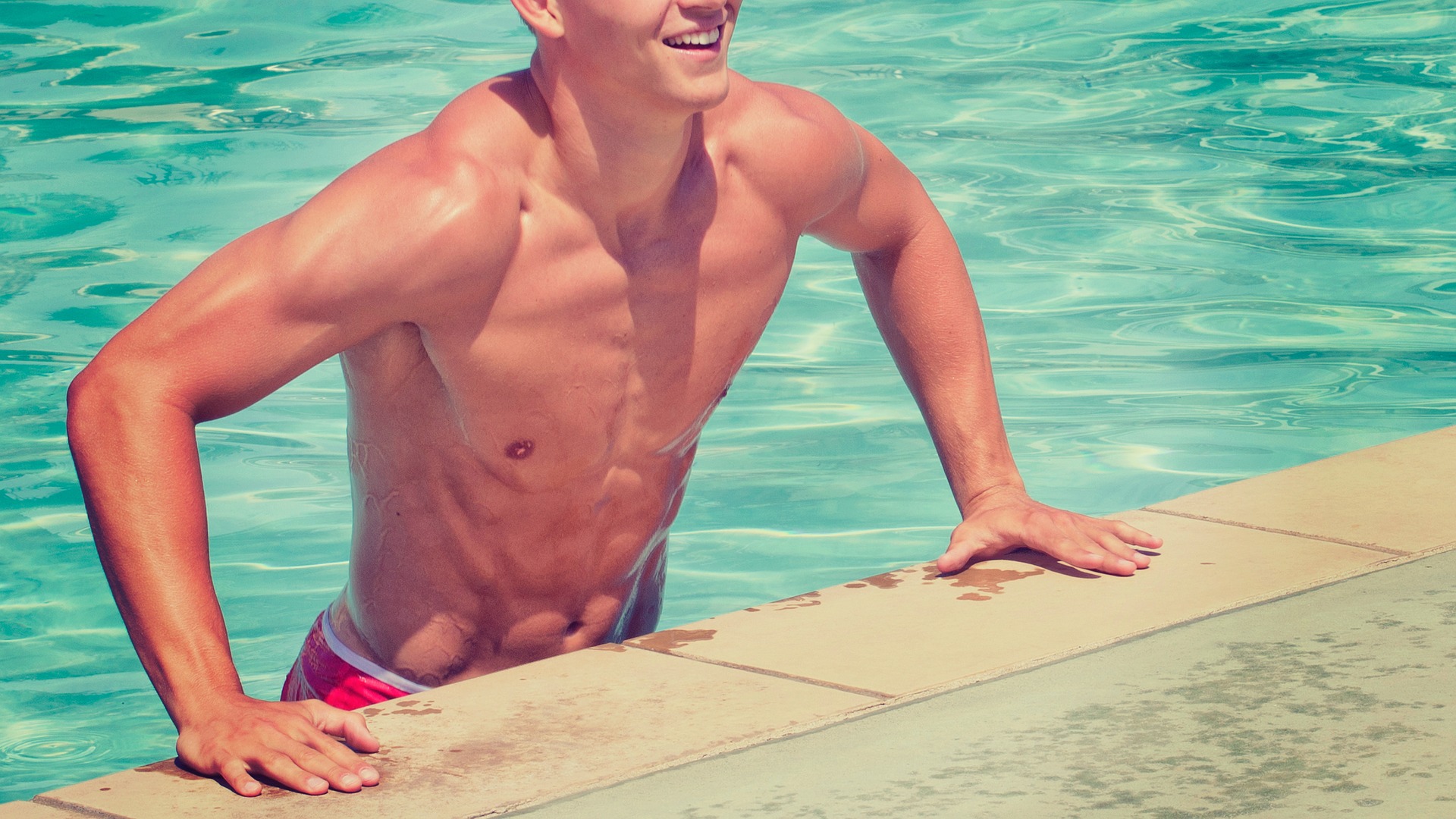 3.Learn about anatomical limitations and adjust the stroke accordingly
3.Learn about anatomical limitations and adjust the stroke accordingly
These are often the same traits we see in elite swimmers. Their tall statures are often matched by their short legs and long torsos. They have broad wings and benefit from having larger hands and feet. Most importantly, their flexible shoulders and ankles are something they seem to enjoy, even at elite levels.
Lifelong competitive swimmers can achieve movement patterns that are impossible for adult-learned swimmers. Many problems and frustrations arise when novice swimmers, especially those who have a background in running or cycling, and their biomechanical side effects (often inflexible shoulders/ankles) are instructed to mimic elite swimmers’ stroke techniques.
Practically, it is unlikely that an adult-learned swimmer will be able to achieve the amazing early vertical forearm (EVF), as Grant Hackett or other great swimmers do. Beginners should aim to position their forearm and hand vertically in the water, as far as their shoulder flexibility permits. Most beginners are not able to rotate their shoulders as well as their more experienced swimmers. It is more productive to encourage an EVF that is less extreme. This allows athletes to maximize the propulsive benefits of pulling from the top of the head backward, instead of trying to grab the water further ahead.
To create a more realistic catch position, you can use a slightly deeper “spear” at entry. This means that the forearm and hand reach further ahead. This is a better approach as an inflexible swimmer may reach straight out and not be able to hold his/her elbow and shoulder high while dropping the hand and forearm into the catch position. As a result, their whole arm will drop. This is a waste of energy and drag that drives the legs downward. As shoulder mobility improves, swimmers can alter their approach to achieve an “earlier” EVF. However, it is often counterproductive to force this early.
Anatomically, adult-learned swimmers are limited in their ability to plantarflex (i.e. point their toes) their ankles. This creates drag and greatly limits their ability to generate propulsion while they kick. For athletes with stiff ankles, this means that certain strokes, such as the catch-up style stroke, which requires a propulsive kick to generate propulsion, may not be the best. These athletes can benefit from a faster stroke rate that eliminates dead spots or stalling in water. They can also try to improve ankle flexibility by stretching, such as sitting on one’s heel with the feet/ankles planted for a few moments and swimming with fins.
4.Don’t Neglect the Value of Fitness
Water is 800 times denser than air so it is important to minimize drag and maximize propulsion with excellent technique. Many athletes believe that a beautiful stroke will make them great swimmers, but they place too much importance on technique. Although the technique is important for speed swimming, strength, as well as fitness, are essential for athletes to be able to swim long distances. Proprioception, or the ability to sense where you are in the water, can be improved by strength and fitness. This will allow swimmers to improve their technique and keep it up when racing. Adult-learned swimmers can also benefit from building their fitness. This allows them to feel the water better and engage in more strokes per session.
Adult-learned swimmers know that the best way to develop fitness and good technique is to prioritize short, high-intensity sets. These sets encourage athletes to swim quickly but allow them to feel the water. Exercises such as 3X (6X50) at a high Z4/Z5 effort and rest intervals of 20-30 seconds are effective. Pull sets with or without paddles are also productive. Athletes can concentrate on their pull strength without worrying too much about their body position. These workouts are efficient in building strength, especially in the shoulders and lats, and cardiorespiratory fitness. They also allow athletes to concentrate constructively on the form. A Vasa SwimErg, or other land-based tools such as swim cords, can be used to further increase pull strength. This is especially useful for athletes who are limited in time or concerned about getting to the pool during the current pandemic.
Conclusion
For adult-learned swimmers, traditional training methods might not be the best. Adult-learned swimmers will be able to improve their swimming skills by being more aware of and able to respond to their anxieties.



